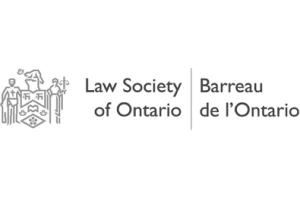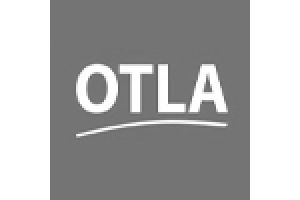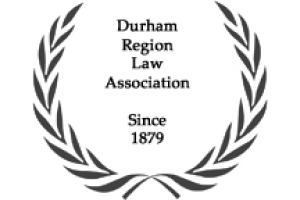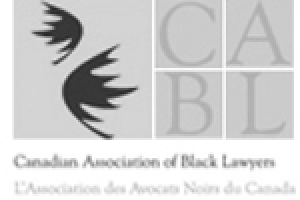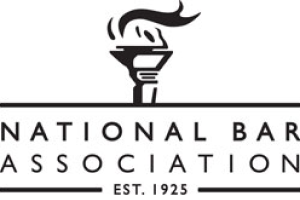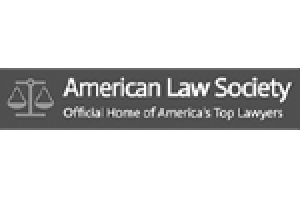National Gypsum Company

By adding shredded newspaper and pulp froth to gypsum, three workers who lost their jobs when the Beaver Board Company folded in 1925 were able to patent a lighter but stronger system to make what we now generally call gypsum board or drywall. One of these gentlemen, Clarence Williams, had an option to purchase a plot of land, including the all-important mineral rights, in Clarence Centre, northern New York state.
Together with Williams, Joseph Haggerty and Melvin Baker raised $100K to start the company in 1925. Moving quickly, they incorporated as National Gypsum Company, purchased the Clarence Centre land, starting mining gypsum, built the production facility and hired a sales staff all within a year. The Clarence Centre gypsum deposit located 15 miles east of Buffalo, New York, was the purest gypsum ever discovered in eastern USA.
With huge plans to expand their production facilities quickly National Gypsum advertised in major magazines when they barely had the plant built to produce wall board.
National Gypsum claimed their wallboard was one-third stronger than that of its major competitor, USG. To generate sales, National Gypsum offered a $5000 bond to anyone who could prove National Gypsum’s claims were false. The certificate provided to new dealers to advertise this bond was gold coloured, and the name Gold Bond became more popular that National Gypsum with purchasers of the wall boards.
By June of 1927 National Gypsum had purchased their second mine and construction was underway on a production facility in Emery Junction (renamed National City) Michigan. The Gold Bond name was registered for use in the USA in 1927 when that branding had become more recognizable that the correct company name.
Throughout the 1930s, when other companies were suffering financial hardship as a result of the great depression, National Gypsum continued their expansion plan under the direction of one of the original founders, Melvin Baker. Between 1929 and 1939 National Gypsum purchased 14 mines and production facility from struggling rival gypsum board companies. The Dingwall, Chetticamp, and Walton quarries in Nova Scotia, Canada was one of these purchases.
In 1958 National Gypsum purchased an asbestos mine in the Black Lake area of Quebec. They used the mine to supply their own product needs until 1973 when they sold the property to the Lake Asbestos (LAQ) who wanted to expand their mining operations.
Gold Bond was word-marked in Canada February 4, 1944, with the reported date of its first use in Canada in 1927, after they registered the name Gold Bond in the USA. Interestingly they never registered a ™ logo in Canada.
The abundance of gypsum in Nova Scotia led to National Gypsum purchasing what they refer to as the Halifax Quarry (correctly called the Milford Quarry) in 1955. They also constructed their own Dock in Dartmouth, NS, also referred to internally at National Gypsum as the Halifax dock. The Quarry and Dock in Nova Scotia were a $6.8 million-dollar capital investment.
In 1965 National Gypsum made Gold Bond its own corporate division. In 1978 with the original Clarence Corner pit nearing its end, the Gold Bond Division headquarter were moved from Buffalo, NY to Charlotte NC. Two hundred and sixty-eight employees made the move from cold Buffalo to warmer climes. The Clarence Corner plant was closed in 1982 when the supply of gypsum was exhausted.
National Gypsums fortunes started to unravel in the 1980s with over 4500 law suits relating to asbestos diseases filed against them by 1985. A successful hostile takeover bid by upper management alleged to have cost $1.55 Billion, landed the company with significant debt. The goal of returning the company to private ownership was realized with LeFarge cement owning 52%. Asbestos personal injury claims continued to mount with insurers for NGC covering the majority of the cost of defending thousands of claims.
The burden of current and anticipated future asbestos liability claims together with one billion dollars of debt forced National Gypsum to enter Chapter 11 Bankruptcy proceeding on October 28, 1990.
The company was re-incorporated as NGC Inc. in 1993 when new investors purchased the name National Gypsum Company, together with all the plants, quarries, assets. They also retained all employees. The companies are generally referred to as Old NCG and New NGC.
The National Gypsum Company admits to having added asbestos to most of their Gold Bond products starting before their registration in Canada in 1944. They continued to use the mineral knowing that working with Gold Bond products posed a risk to the end users, without ensuring that any warning tags were placed on the products.
In 1993, a plan to create a system to handle asbestos liability property and disease claims was devised when Old NCG became Asbestos Claims Management Corporation (ACMC) and appointed the Center for Claims Resolution as their litigation manager. A significant number of asbestos injury claims were resolved using this system, however it became apparent that the company’s assets would not be able to meet the financial needs of future claims. Old NCG looked to New NGC through the courts to determine if New NCG had any liability for future asbestos disease claim.
New NGC agreed to some funding for a new compensation fund which was added to the remaining assets of Old NCG to create a compensation fund to that could assess and pay valid claims using the model of the Manville Trust that had been established in 1988.
A second Chapter 11 Bankruptcy proceeding was commenced in August 2002, together with a pre-organized plan to create a bodily injury compensation system. As there had been negotiations and agreement before the Bankruptcy, the plan was confirmed by the court quickly on August 6, 2003. The NGC Bodily Injury Trust continues to accept claims for people injured through exposure to Gold Bond products.
As with most asbestos trusts, National Gypsum requires evidence that you were exposed to the asbestos containing product while it was friable. This means during installation or removal or such other product disturbance such that asbestos particles were likely to be released into the air.
With five years of exposure in one of the four presumed exposure occupations the National Gypsum Company assumes, given their significant share in the drywall and plaster market, that you suffered exposure to their asbestos containing products. The presumed occupations are:
- Acoustics Worker
- Drywaller/Sheetrocker
- Lather
- Plasterer
A Canada Pension Plan work history or Union Records are needed to support presumed occupation exposure claims.
The NGC Trust accepts claims for secondary or bystander exposure if your exposure was through a person employed in one of the presumed occupations.
If you were exposed to Gold Bond products without fulfilling the presumed occupation requirements, the trust will consider your claim after reviewing the circumstances of your exposure. An experienced mesothelioma lawyer will help you to obtain the evidence required to present a successful claim. If you worked in the construction industry and have been diagnosed with mesothelioma, please contact us by telephone at 877.430.3383 x 224 or by completing our contact form if you would like information about putting forward a claim for compensation.


